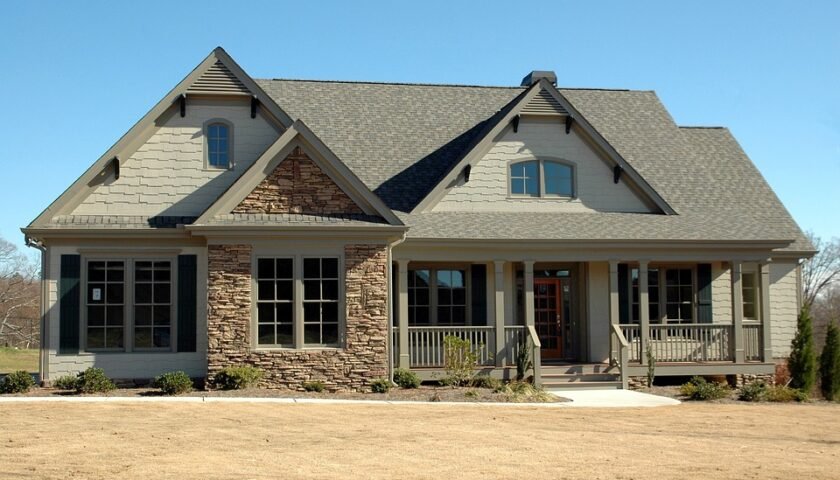[ad_1]
Interest rates play a crucial role in the property buying landscape. They have the power to make or break real estate markets, determine affordability, and impact the overall economy. Understanding how interest rates shape the property buying landscape is key for prospective buyers, sellers, and investors alike.
To comprehend this equation, we must first delve into what interest rates are and how they work. In simple terms, an interest rate is the cost of borrowing money. When you take out a mortgage to buy a property, the interest rate is the percentage of the loan that the lending institution charges you for borrowing the funds.
Interest rates are determined by various factors, including macroeconomic conditions, inflation rates, central bank policies, and market demand. Central banks, such as the Federal Reserve in the United States, use interest rates as a tool to manage the economy. By adjusting interest rates, central banks attempt to control inflation, stimulate economic growth, or cool down an overheated market.
So, how do interest rates shape the property buying landscape? To begin with, lower interest rates generally translate into more affordable monthly mortgage payments. When the interest rates are low, borrowers can secure lower interest rates on their loans, making buying a property more financially feasible. This results in increased demand for properties as more individuals can afford to enter the market, driving up property prices.
Conversely, higher interest rates mean higher monthly mortgage payments, resulting in decreased affordability. When interest rates rise, borrowing becomes more expensive, and this puts downward pressure on property prices. Potential buyers may be deterred from entering the market or opt for less expensive properties, leading to a slowdown in the overall real estate market.
Moreover, changes in interest rates affect the supply and demand dynamics of the property market. Lower interest rates encourage buyers to enter the market, which increases demand for properties. As a result, developers and builders may be inspired to increase the supply of housing to meet this rising demand. This can lead to a construction boom and drive economic growth.
On the other hand, higher interest rates can dampen demand, which may lead to a decrease in construction activity. Developers might hold off on starting new projects, resulting in a slowdown in the construction sector. This can have broader implications for the economy, as the real estate and construction industries have significant multiplier effects on other sectors.
Interest rates not only affect buyers and sellers but also impact real estate investors. Investors rely on financing to acquire properties and generate rental income or capital gains. When interest rates are low, it becomes cheaper for investors to borrow money to finance their real estate purchases. This can incentivize more investors to enter the market, driving up property prices and potentially creating a bubble.
Conversely, rising interest rates can make it more expensive for real estate investors to finance their acquisitions. This can reduce the number of investors in the market, leading to a potential decrease in demand for properties and a cooling down of property prices.
In conclusion, interest rates play a vital role in shaping the property buying landscape. They determine affordability, influence supply and demand dynamics, and impact the overall economy. Prospective buyers, sellers, and investors should closely monitor interest rate movements and be mindful of how they can affect their real estate decisions.
[ad_2]




